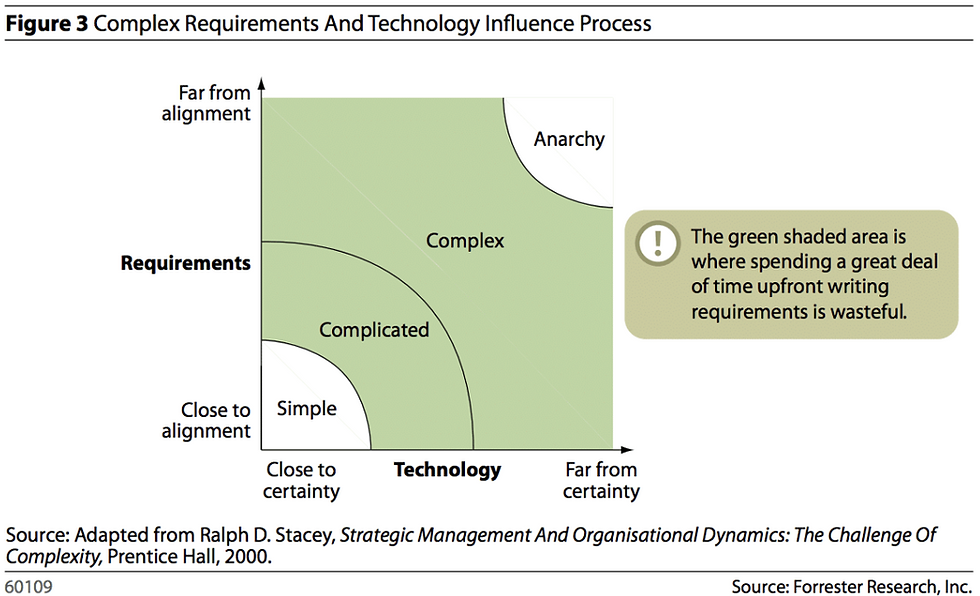Understanding the Social Value Model: A Guide for Contracting Authorities
- Violet Swierkot
- Nov 26, 2024
- 3 min read
Recently, I realised through my business networking the critical importance of understanding funding sources and why local authorities and other funders are willing to invest in businesses. While generating profit is a natural goal for any business, from a funder’s perspective, the emphasis is on delivering social value and measurable impact. This distinction is where my expertise lies—helping organisations align their objectives with funders’ priorities to unlock opportunities.

The UK Government’s Social Value Model (SVM) plays a pivotal role in ensuring that public procurement drives positive outcomes for society, the economy, and the environment. This guide explains how in-scope organisations—central government departments, executive agencies, and non-departmental public bodies—can use the model to integrate social value into procurement processes. It also highlights the importance of considering broader impacts and aligning with government priorities.
Why Social Value Matters for Funders
Funders, whether local authorities, grant providers, or government agencies, are increasingly focused on the broader impact their investments create. Their goal isn’t merely financial returns but also to:
Drive social inclusion.
Foster economic recovery and productivity.
Contribute to environmental sustainability.
Understanding this perspective is key to accessing funding. Funders are motivated by the ability of a business or organisation to deliver tangible social value—whether through job creation, community support, environmental innovation, or health improvements.
For businesses, aligning with these priorities means not just meeting financial targets but also showcasing how their projects contribute to societal well-being. That’s where the Social Value Model comes in, providing a structured approach to measure and articulate these contributions
What is the Social Value Model?
The Social Value Model is a framework designed to embed social, economic, and environmental considerations into public procurement. By using this model, organisations can:
Demonstrate their impact effectively to funders.
Translate government priorities into measurable outcomes.
Maximise the chances of securing investment or contracts by showcasing their alignment with social value objectives.
How the Social Value Model Benefits Businesses
Understanding Funders' Priorities The model helps businesses identify and align with the outcomes funders care about, such as supporting disadvantaged communities, fostering innovation, and reducing carbon emissions.
Translating Social Value into Measurable Impact Funders look for evidence. The Social Value Model provides a structure for organisations to articulate their contributions clearly, whether through job creation, health benefits, or environmental stewardship.
Securing Long-Term Relationships When businesses successfully integrate social value into their operations, they build stronger, more trusted relationships with funders, increasing their chances of winning future contracts.
Aligning with Government Priorities
The Social Value Model connects directly with key government objectives, including:
Supporting community recovery post-COVID-19.
Tackling climate change and improving sustainability.
Enhancing workforce skills and productivity.
Additionally, the model aligns with the UN Sustainable Development Goals (SDGs), reinforcing its role in achieving both national and global priorities. By adopting the model, organisations can position themselves as valuable partners to funders while making meaningful contributions to societal progress.
Key Steps to Implementing Social Value
Engage Early with Stakeholders Funders appreciate proactive organisations that understand their priorities. Early engagement allows you to tailor your proposals to align with desired outcomes.
Build the Case with Data Use robust methodologies such as Social Return on Investment (SROI) and Cost-Benefit Analysis (CBA) to quantify your impact. Funders need to see evidence that their investment will deliver value.
Focus on Additionality Funders are particularly interested in contributions that go beyond standard operations. For instance, incorporating innovative practices or supporting underrepresented groups can enhance your appeal.
Navigating Legal and Policy Frameworks
The Public Contracts Regulations 2015 and the Equality Act 2010 provide a legal foundation for integrating social value into procurement. These regulations ensure fair competition while enabling authorities to prioritise suppliers that demonstrate social impact.
Why This Matters for You
Whether you’re a small business, a social enterprise, or a larger organisation, understanding the Social Value Model can transform how you approach funding opportunities. By aligning your operations and proposals with the expectations of funders, you not only increase your chances of securing contracts but also position your business as a leader in driving positive change.
Conclusion
The Social Value Model isn’t just a framework for public procurement; it’s a roadmap to unlocking funding and fostering long-term partnerships with local authorities and other investors. By focusing on measurable impact, organisations can bridge the gap between profit-making goals and the broader social and environmental outcomes funders seek. Through strategic alignment with social value priorities, businesses can thrive while making a meaningful difference in their communities.



Comments